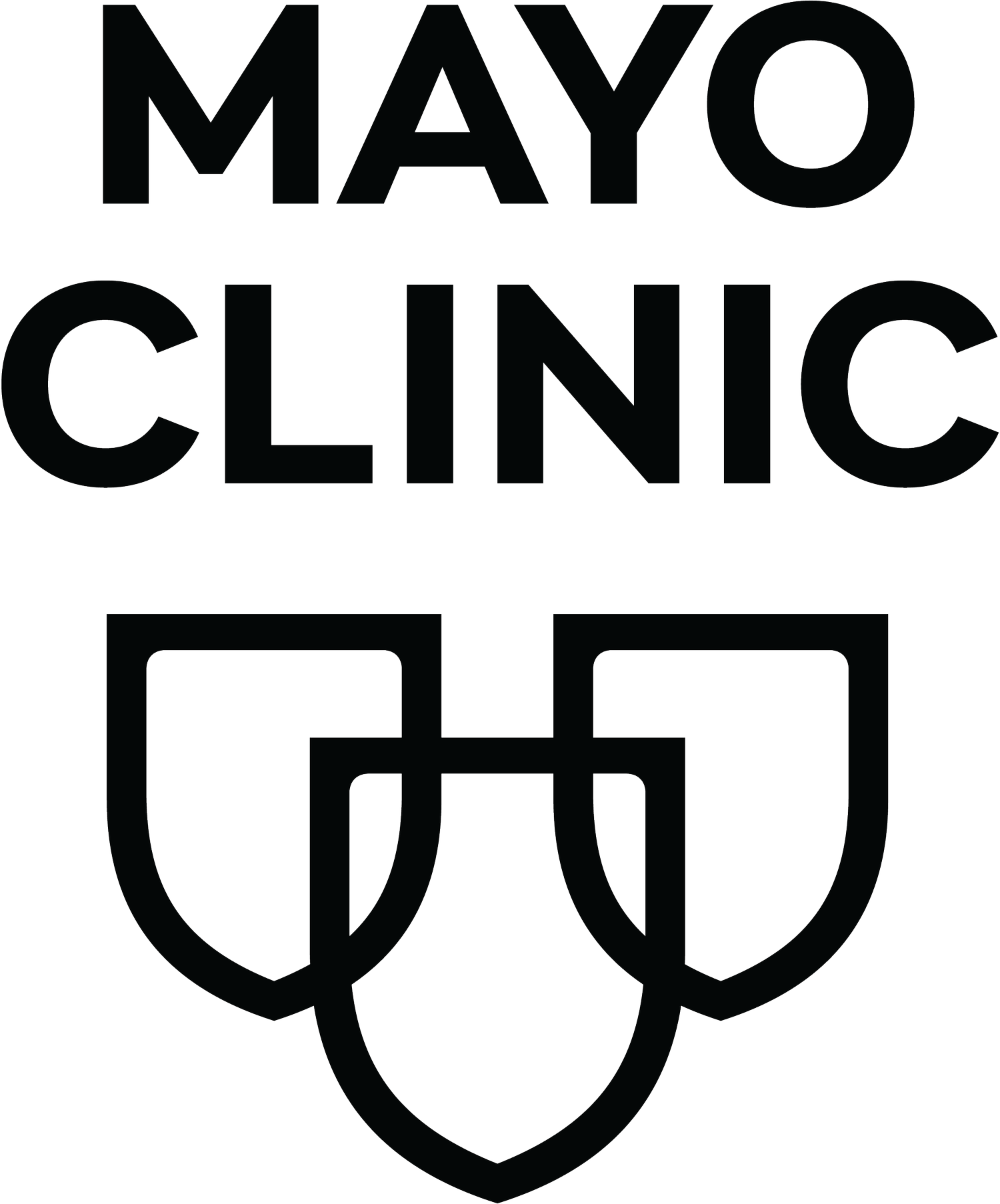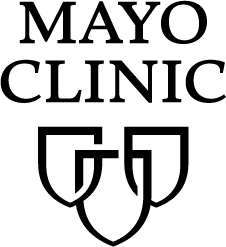
Mayo Clinic Green Initiatives
Mayo Clinic is dedicated to improving the health of its patients and staff through excellence in the practice of medicine. Recognizing the linkage between environmental health and public health, Mayo Clinic is committed to responsible environment protection practices to benefit the health of our patients, staff, and communities.
At Mayo Clinic, our ability to conserve resources and innovate in sustainability is energized by our employees, who are passionate about the health of people and our planet. Mayo Clinic campuses are recipients of multiple awards from Practice Greenhealth over consecutive years for excellence in sustainability. Practice Greenhealth is a national consortium dedicated to reducing the impact of healthcare organizations and hospitals on the environment.
Mayo Clinic exercises a thoughtful and comprehensive sustainable approach to environmental stewardship, including:
-

Conserving Energy and Reducing Greenhouse Gas Emissions
Mayo Clinic is dedicated to reducing its energy consumption and greenhouse gas emissions while providing the highest standards of care for patients.
Mayo Clinic is participating in the Better Climate Challenge, an initiative launched by the United States Department of Energy that encourages organizations to set ambitious goals for reducing greenhouse gas emissions.
Mayo Clinic’s Better Climate Challenge commitments include:
Reducing greenhouse gas emissions (scopes 1, 2) by 50% by 2032
Reducing energy use intensity by 20% by 2032
Mayo Clinic has been pursuing energy conservation for many years. Since 2010, Mayo Clinic’s largest campus in Rochester, Minnesota reduced its energy use by 20%.
Mayo Clinic continues reducing energy is a variety of ways, including:
Improving how existing building equipment and systems function together
Using sustainable design innovations in constructing new facilities
Scheduling air handlers off during unoccupied times
Replacing fluorescent lighting with more energy-efficient LED lights
Sealing air ducts to plug leakages
Installing heat recovery systems to reduce the amount of energy needed to heat the cold outside air in the winter or cool the outside air in the summer
Mayo Clinic also continues to evaluate opportunities to transition to sustainable energy sources. Several Mayo Clinic sites either generate energy from onsite solar panel installations, receive energy from nearby community solar and wind gardens, or utilize geothermal technology for heating and cooling.
-

Sourcing Sustainable Equipment and Supplies
Mayo Clinic sources the highest quality supplies, equipment, and services to support its mission in patient care, research, and education. When determining supplier and product selection, Mayo Clinic considers quality as well as environmental impact. Environmentally preferred qualities include:
Packaging
Minimizing hazardous and toxic substances, as well as chemicals of concern such as lead, mercury, latex, polyvinyl chloride plastic (PVC) and di-ethylhexyl phthalate (DEHP)
Use of recycled materials in the manufacturing of purchased products
Use of energy-efficient equipment
Product’s ability to be re-processed and/or recycled
Use of reprocessed products
Products that reduce water use or reduce the creation of contaminated wastewater
Mayo Clinic belongs to a group purchasing organization (GPO) that helps healthcare providers realize savings and efficiencies as well as count the percentage of environmentally preferred products purchased.
Mayo Clinic is a founding member of Greenhealth Exchange, a purchasing cooperative with a mission to accelerate the adoption of new and existing sustainable products in the healthcare industry.
Mayo Clinic operates a Supplier Diversity Program that promotes the use of diverse and small businesses. In addition to supporting the local economy, purchasing from these local businesses reduces transportation distances and associated greenhouse gas emissions.
-

Offering Nourishing and Healthy Foods
Mayo Clinic offers a variety of healthy and sustainable food choices that promote physical and mental well-being. Mayo Clinic’s Food Services offerings are designed to increase plant-based menu options and use local ingredients and sustainably sourced food. Mayo Clinic is also continually seeking ways to reduce food-related energy use and conserve resources, such as water, as well as effectively manage and lower the amount of waste generated.
Examples of current food services initiatives include:
Using Energy Star appliances that save energy and water
Recycling items such as cardboard, plastic, paper, glass, and metal cans
Increasing the use of root to stem recipes, which use all parts of the produce to help reduce food waste
Reducing food waste
Donating reserve food to local community organizations
-

Reducing Waste
Hospitals and healthcare facilities generate a lot of waste in the process of caring for patients and conducting research. Mayo Clinic is committed to reducing unnecessary waste and ensuring that all waste is managed appropriately.
Mayo Clinic strives to reduce waste produced in daily operations and find new ways to recycle. More than 31% of Mayo Clinic’s overall waste stream is currently recycled. Food waste at Mayo Clinic is also repurposed for composting or animal feed at local farms.
Mayo Clinic has operated its own Recycling Center on the Rochester, Minnesota campus since 1990. Our Recycling Center shreds paper, bales cardboard, sorts metals from construction projects, and processes plastic and other materials so they are packaged appropriately to transport to recyclers. Mayo Clinic’s Florida campus also operates a recycling area where some recyclables are processed. Mayo Clinic in Arizona and Mayo Clinic Health System sites contract with vendors to perform recycling services.
-

Building for Sustainability
Mayo Clinic is committed to designing facilities that minimize environmental impact and support healing and well-being for patients, visitors and staff. Mayo Clinic uses innovations in sustainable building design to enhance patient comfort and healing as well as promote employee health and well-being. Sustainable design also improves resilience to extreme weather events and emergencies.
Mayo Clinic follows a Sustainable Building Policy and Guide that includes recommendations from several green building certification programs including Leadership in Energy and Environmental Design (LEED), RELi (for resilient design), Well (International Well Building Institute), and Fitwel. Recommendations include strategies for healthy interiors, minimizing the environmental impacts of construction, using finishes and furnishings that support a healthy environment, and conserving resources such as energy and water.
Many Mayo Clinic facilities also include outdoor green spaces and healing gardens that provide respite for patients, visitors, and employees. The Rochester, Minnesota campus has a wide variety of natural spaces and native plantings including rain gardens to capture and filter rainwater, pollinator gardens designed to support pollinators such as butterflies and bees, and native prairie space. The Jacksonville, FL campus offers Louchery Island, a patient and staff meditation area set on an island in one of the campus lakes. Additionally, over 60% of the campus acreage has been left in a natural state. The Phoenix and Scottsdale, AZ campuses offer nature trails through the beautiful desert landscape for patients, visitors, and employees to enjoy. Mayo Clinic Health Systems sites also offer healing gardens and areas of outdoor respite.
Many Mayo Clinic campuses offer support for bicycle commuters with racks and secure storage and availability of electric vehicle (EV) charging stations is expanding.
-

Using Water Wisely
Water quality and availability are both essential to protecting patient health and critical to daily healthcare facility operations. Water is used for everything from sanitation and instrument sterilization to heating and cooling. Mayo Clinic strives to be a responsible steward of water resources. Some examples include:
Mayo Clinic in Jacksonville diverts water used in the facility’s cooling tower to onsite surface ponds. The surface pond water is used to irrigate the campus so that none of the irrigation water comes from the city water system. This saves approximately 10 million gallons of water per year.
Mayo Clinic in Rochester reduced production water at the Franklin Power Plant that saves approximately 95 million gallons per year.
Raingardens on the Rochester and Eau Claire campuses capture water runoff from nearby parking lots, roofs, and other hard surfaces where the water is filtered by the soil. Raingardens help improve and protect water quality in the surrounding rivers, lakes, and groundwater. The Eau Claire campus also has a vegetative roof over the Cancer Care Center that is covered in live plants that absorb rainfall and reduce storm runoff.
Mayo Clinic landscaping crews across its campuses reduce water usage by planting native plants that resist drought and require minimal watering and use drip irrigation and natural coverings (mulch) to reduce watering demands.
Several Mayo Clinic sites offer pharmaceutical collection services by offering secure receptacles for patients and community members to drop off unused medications. In addition, many sites also participate in National Prescription Drug Take Back events. Not only does this keep potentially dangerous medications out of inappropriate hands, but it also helps prevent pharmaceuticals from being flushed down drains and contaminating water supplies.

